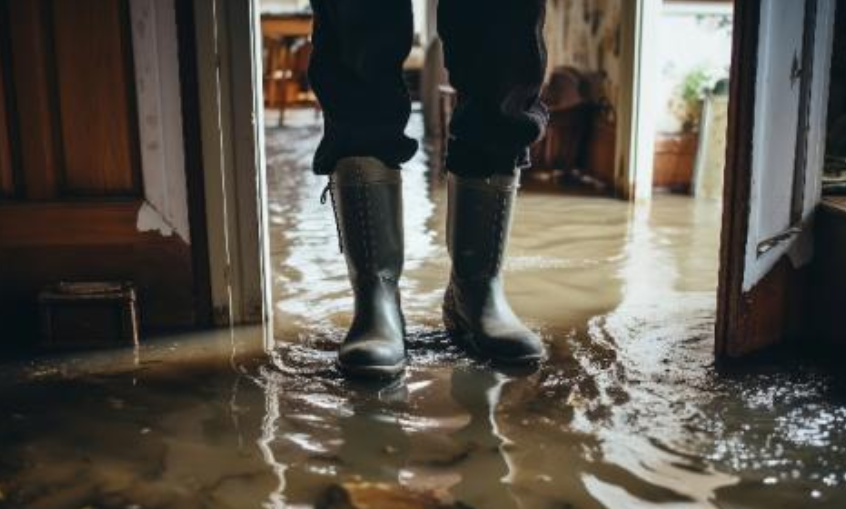The US government’s National Flood Insurance Program (NFIP) is flush with debt. The NFIP owes the US Treasury roughly $25 billion. According to the Federal Emergency Management Agency (FEMA), the NFIP will pay $280 million in interest in 2022. “The program was never intended to generate a profit. It was established because due to the nature of flood risks, commercial insurance was not generally available.”
Congress created the NFIP in 1968 to make reasonably priced flood insurance available to business owners, homeowners, and renters. Each authorization of the program has an expiration date requiring Congress to reauthorize it with federal taxpayer funds and reforms.
The NFIP makes federally backed flood insurance available in states, cities, and towns that agree to adopt and enforce floodplain management rules to reduce future damage. The program, administered by FEMA, helps homeowners, business owners, and local governments recover faster after a flood disaster. It is a partnership between the federal government, local officials, states, the property and casualty insurance industry, lending institutions, and property owners.
The NFIP borrowed money from federal taxpayers via the Treasury to cover the expenses incurred from Hurricanes Sandy (2012), Katrina (2005), and Ike (2008). It is unlikely to be repaid. Some Gulf and Atlantic coast state lawmakers called for Congress to write off this debt as the only way for the troubled program to regain its financial footing, but the next big or small storm will just drain the NFIP coffers once again.
The NFIP lacks a reserve fund to help cover losses from catastrophic storms like Hurricane Sandy. Instead of charging a little more and setting aside money as private insurers do, the NFIP relies on the Treasury—and therefore taxpayers—as its financial backstop or reinsurer. In 2013, the program added a 15 percent assessment to its flood policies and gradually built up about $1 billion in reserves, but an epochal 2016 flood in Louisiana used up that money.
Activist Post is Google-Free — We Need Your Support
Contribute Just $1 Per Month at Patreon or SubscribeStar
Years of major flooding events starting in 2005 have left the NFIP in the red. Annual costs have fluctuated widely since 2012, from $380 million in 2014 to more than $10 billion in 2017, the year of Hurricanes Harvey, Maria, and Irma.
Here are some practical options to replace the NFIP.
- Admit publicly that the NFIP is bankrupt and must be retired as a federally backed program.
- Legislate incentives at state and local levels to encourage private insurance companies to issue flood insurance policies to property owners and government agencies exposed to river flooding.
- Enact laws to prevent building and residing in known floodplains.
- Redesign existing river levees to allow natural flooding to occur so that sediment is deposited in the floodplain and not at the bottom of the river.
- Delegate federal oversight of flood management to the states.
The federal government’s authorization of the NFIP in 1968, a time when private flood insurance underwriting was not readily available, was well-intentioned. But by 2022 the NFIP was using insurance premium payments to cover the interest on its debt, and it had become clear that the program had only resulted in another bankruptcy backed by the federal government and funded by taxpayers.
Source: Mises Institute
Stephen is a graduate of The University of Texas at Austin and lives in Texas.
Become a Patron!
Or support us at SubscribeStar
Donate cryptocurrency HERE
Subscribe to Activist Post for truth, peace, and freedom news. Follow us on SoMee, Telegram, HIVE, Minds, MeWe, Twitter – X, Gab, and What Really Happened.
Provide, Protect and Profit from what’s coming! Get a free issue of Counter Markets today.


Be the first to comment on "Federal Flood Insurance Drains Taxpayers"